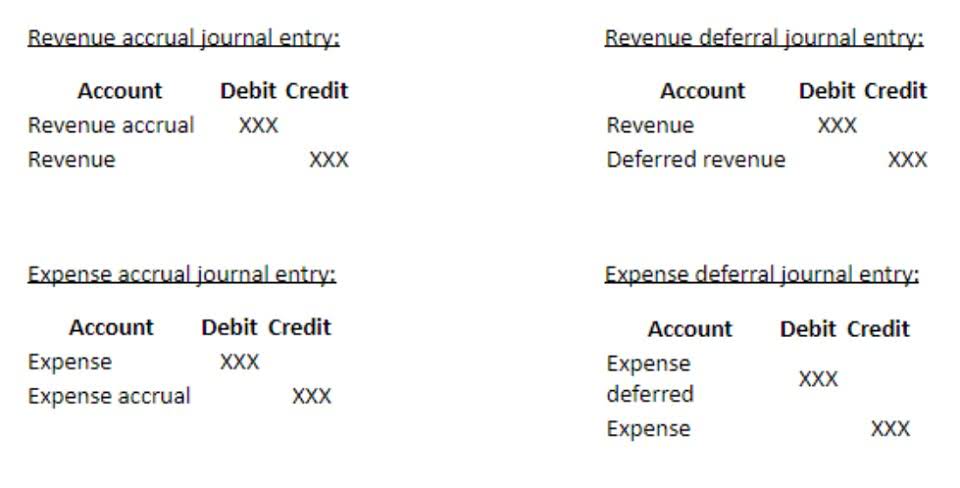
Examining each area, with current and past data, offers insights into the company’s financial journey and strategy. Perhaps the most important objective of accounting is to determine the financial position (equity / capital / worth / value) of an individual or business on a particular date. In accounting, the term order of liquidity describes the order of decreasing liquidity in which assets are balance sheet liquidity order presented in the balance sheet.
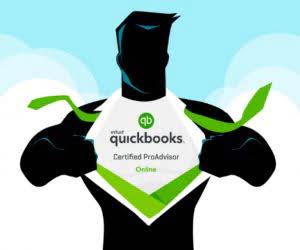
Quick Ratio
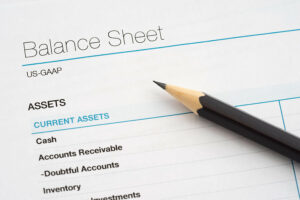
Balance sheets provide the basis for computing rates of return for investors and evaluating a company’s capital structure. Current assets are for short-term use, expected to be converted to cash within a year. Long-term assets include property and equipment, which are vital for business. Understanding the financial situation of a business requires looking at the balance sheet. It gives a complete view of a company’s money matters at the end of an accounting cycle.
Recap and Final Thoughts Order of Liquidity of Current Assets
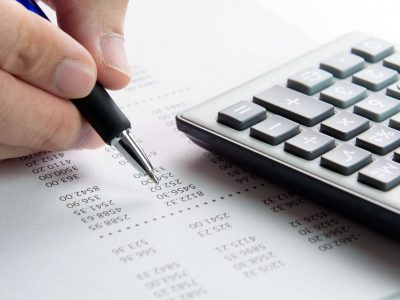
The current portion of long-term debt, which is the segment of long-term debt due within https://www.portogolfdestination.com/outstanding-shares-calculator-determine-your/ the next 12 months, is also classified as current. For reporting the financial health of a business, few reports are as essential as the balance sheet. Since balance sheets are often used to assess how a company operates compared with others or with its own past periods, accountants prepare balance sheets using generally accepted procedures. Business assets are usually reported by account classifications in order of liquidity, beginning with cash. In personal finance, individuals can also use the order of liquidity when listing their assets and liabilities.
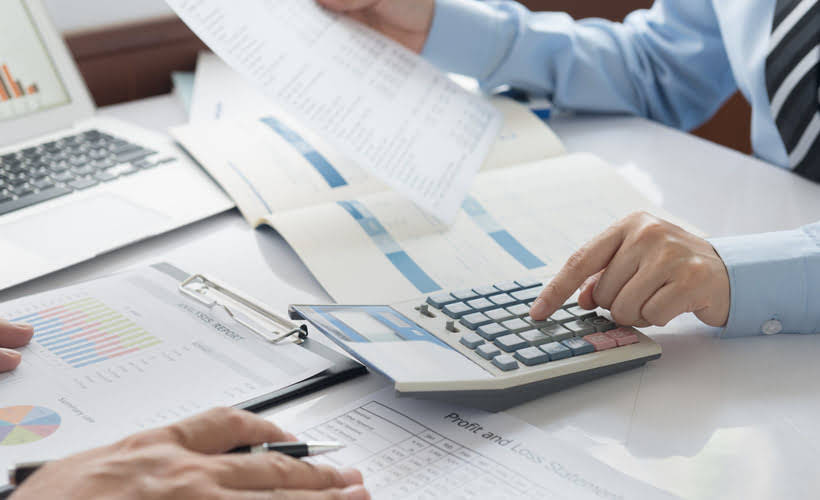
Overview of Asset Classifications
In contrast, the income and cash flow statements reflect a company’s operations for its whole fiscal year—365 days. This practice is referred to as “averaging,” and involves taking the year-end (2023 and 2024) figures—let’s say for total assets—and adding them together, then dividing the total by two. This exercise gives us a rough but useful approximation How to Run Payroll for Restaurants of a balance sheet amount for the whole year 2024, which is what the income statement number, such as net income, represents.
- This section tells us how well the company uses and manages its resources.
- IFRS doesn’t sweat the small stuff and doesn’t require this segregation.
- For now, suffice it to say that depending on a company’s line of business and industry characteristics, possessing a reasonable mix of liabilities and equity is a sign of a financially healthy company.
- That assumption could be misleading if the company doesn’t have other assets that can be quickly converted into cash to cover operations and debt expenses.
- Cash is the most liquid asset, followed closely by cash equivalents like money market accounts and CDs.
- Below is a break down of subject weightings in the FMVA® financial analyst program.
3 Presentation of assets and liabilities
Without context, a comparative point, knowledge of its previous cash balance, and an understanding of industry operating demands, knowing how much cash on hand a company has yields limited value. Although the balance sheet is an invaluable piece of information for investors and analysts, there are some drawbacks. Many financial ratios draw on data included in both the balance sheet, income statement, and statement of cash flows to paint a fuller picture of what’s going on with a company’s business. A company usually must provide a balance sheet to a lender to secure a business loan.
Alternatively, you can view free annual reports of various Canadian public corporations on the Toronto Stock Exchange’s website using the TSX Listed Company Directory. For the past 52 years, Harold Averkamp (CPA, MBA) hasworked as an accounting supervisor, manager, consultant, university instructor, and innovator in teaching accounting online. For the past 52 years, Harold Averkamp (CPA, MBA) has worked as an accounting supervisor, manager, consultant, university instructor, and innovator in teaching accounting online. Get access to quizzes, exams, progress tracking, and more with your Saylor Academy account. At Financopedia, we’re committed to assisting small businesses and individuals with their finances and taxes. However, this order may vary depending on the specific needs of the company.
3.3 Individually significant account balances
Liquidity refers to how quickly an asset can be converted into cash without affecting its market price, or how soon a liability needs to be paid. A company’s balance sheet provides important information on a company’s worth, broken down into assets, liabilities, and equity. Investors can gain valuable insight from this financial statement since it shows a company’s resources and how it is funded to evaluate its financial health.
Property, Plant, and Equipment (also known as PP&E) capture the company’s tangible fixed assets. Some companies will class out their PP&E by the different types of assets, such as Land, Building, and various types of Equipment. Retained earnings are the net earnings a company either reinvests in the business or uses to pay off debt. The remaining amount can be distributed to shareholders in the form of dividends. Though it is not a requirement that a less liquid asset should have greater permanence, this idea holds in most cases.


